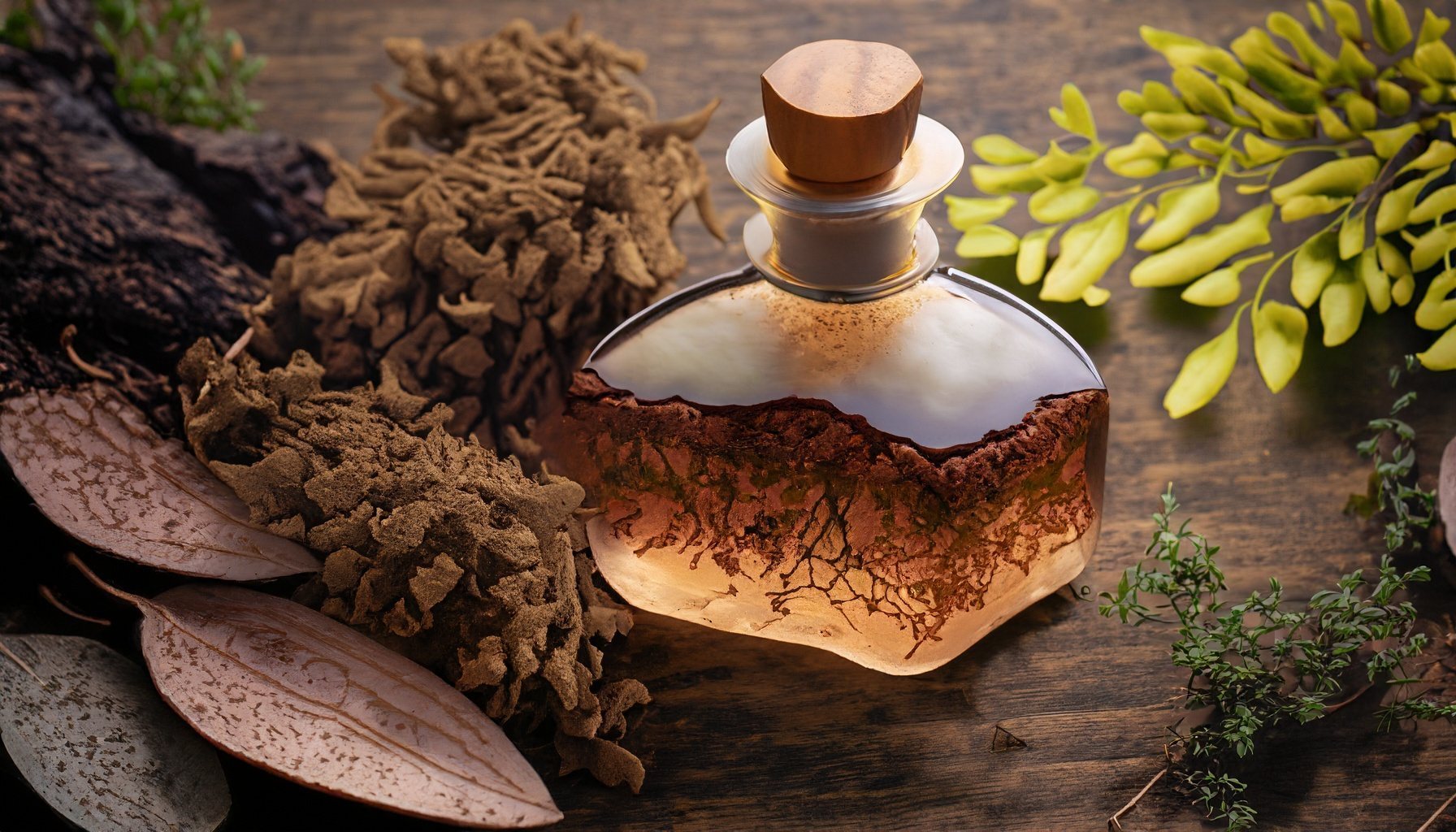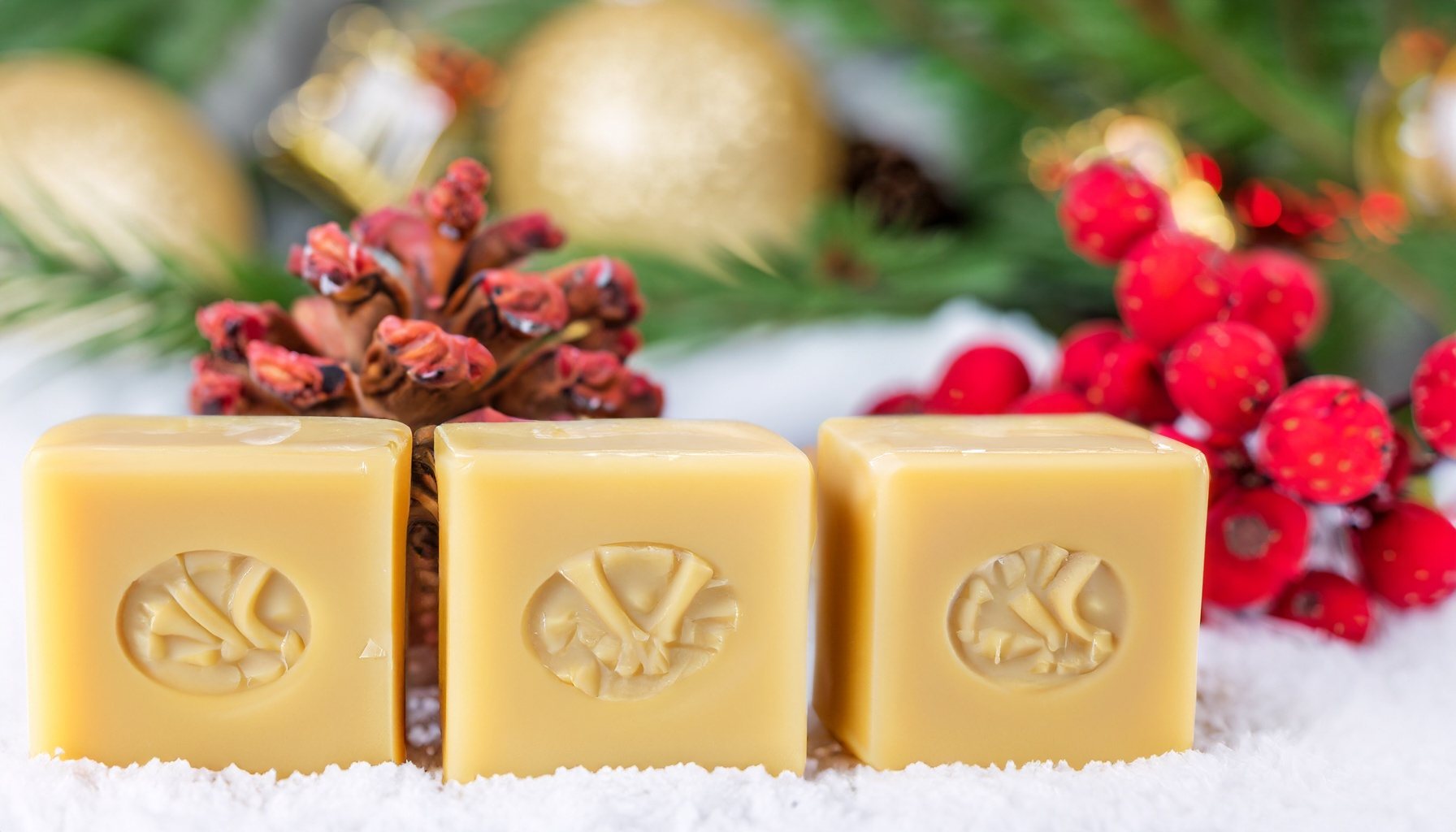
Discover the significance of natural aromatics like frankincense, myrrh, and sandalwood in major religious holidays across the globe.
Aromatic substances have played a significant role in various religious rituals and holidays across different faiths. Here’s a list of some of the most historically significant natural aromatics associated with major religious holidays worldwide:
Christianity
- Christmas: Frankincense and Myrrh — These were two of the three gifts given by the Magi and are often used in Christmas rituals.
- Easter: Spikenard — Used in some traditional Christian rites; it was the oil Mary Magdalene used to anoint Jesus.
Islam
- Ramadan: Bakhoor (incense) — Often burned in homes to bring a sense of tranquility.
- Eid al-Fitr: Rosewater — Used in various sweets and also as a perfume during the festivities.
Hinduism
- Diwali: Sandalwood — Burned as incense during prayers.
- Holi: Jasmine — Often used in oils and fragrances during the celebrations.
Judaism
- Passover: Cinnamon — Sometimes added to the charoset, a traditional food.
- Hanukkah: Olive Oil — Although not aromatic, it is historically significant due to its role in the Hanukkah miracle.
Buddhism
- Vesak: Lotus — Used in various forms, including incense, during the celebration of Buddha’s birth, enlightenment, and death.
- Asalha Puja: Saffron — Used in offerings and sometimes to anoint sacred texts.
Shintoism
- O-Shōgatsu (New Year): Cedar — Used in purification rituals.
Taoism
- Qingming Festival: Wormwood — Used in traditional rites to ward off evil spirits.
Sikhism
- Vaisakhi: Saffron — Used for preparing traditional foods and sometimes for anointing the Guru Granth Sahib.
Pagan/Wiccan
- Winter Solstice (Yule): Pine — Used in various forms during celebrations.
- Summer Solstice (Litha): Lavender — Used for its calming and purifying properties.
Note that these are just examples, and the usage of aromatics can vary between different cultures and traditions within each faith.


